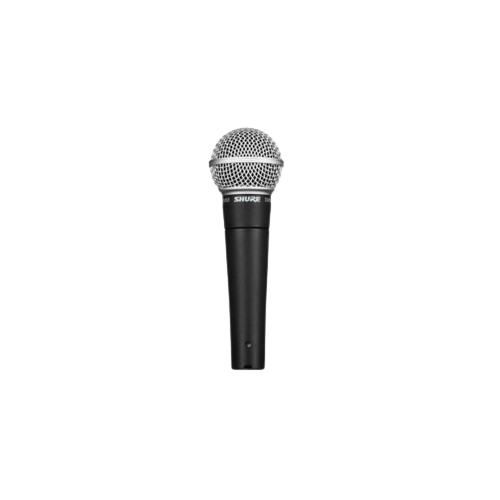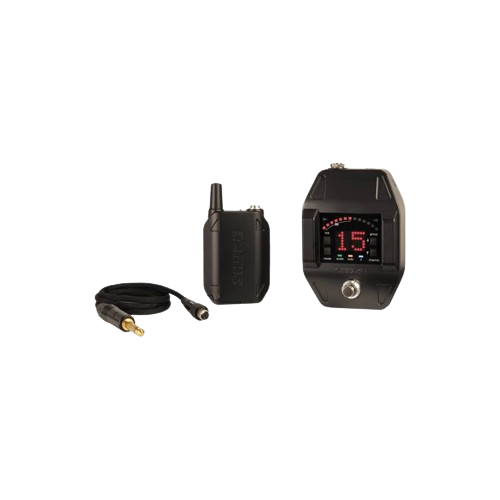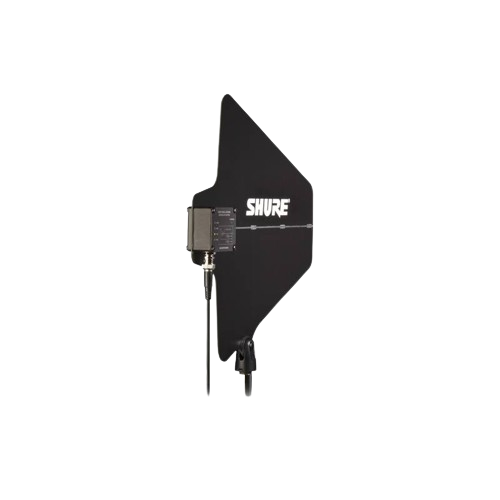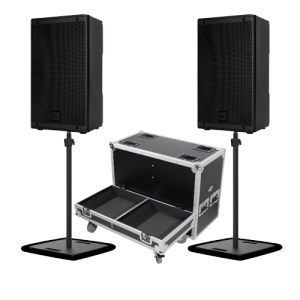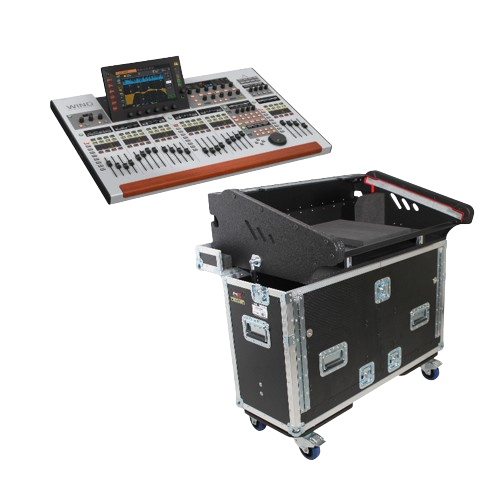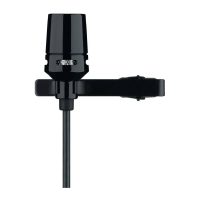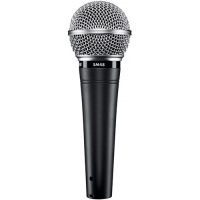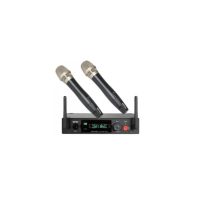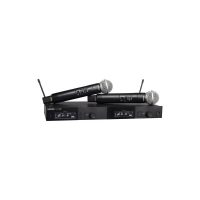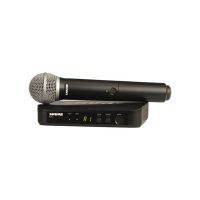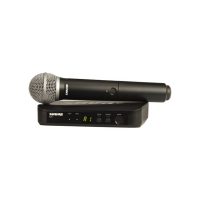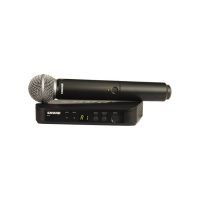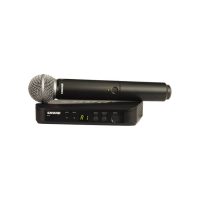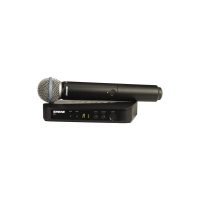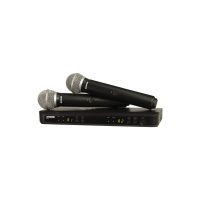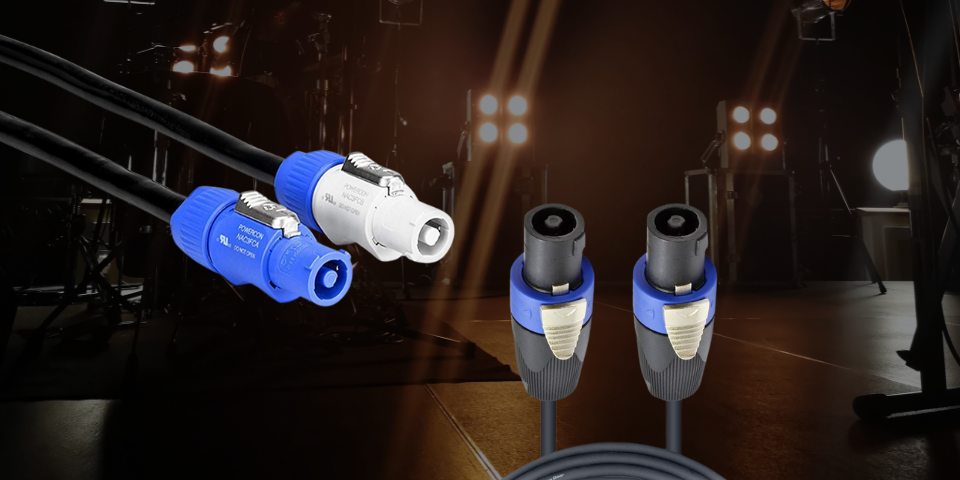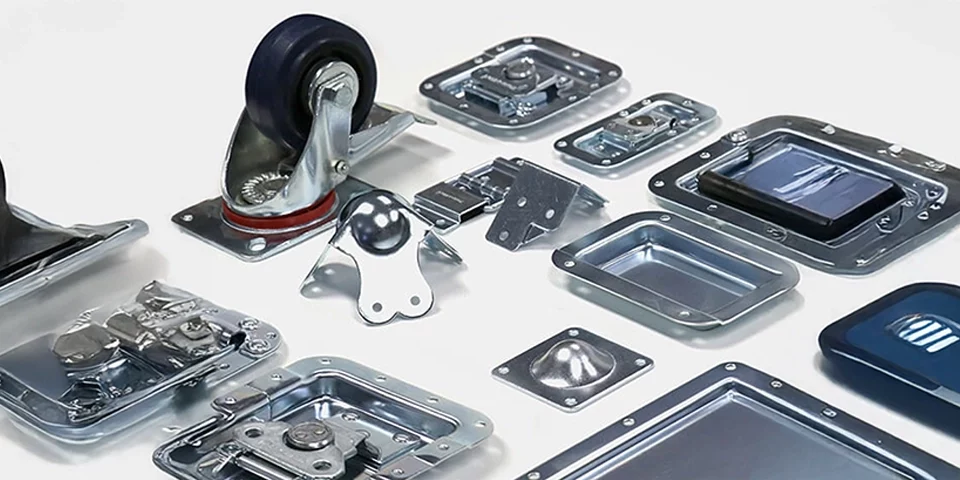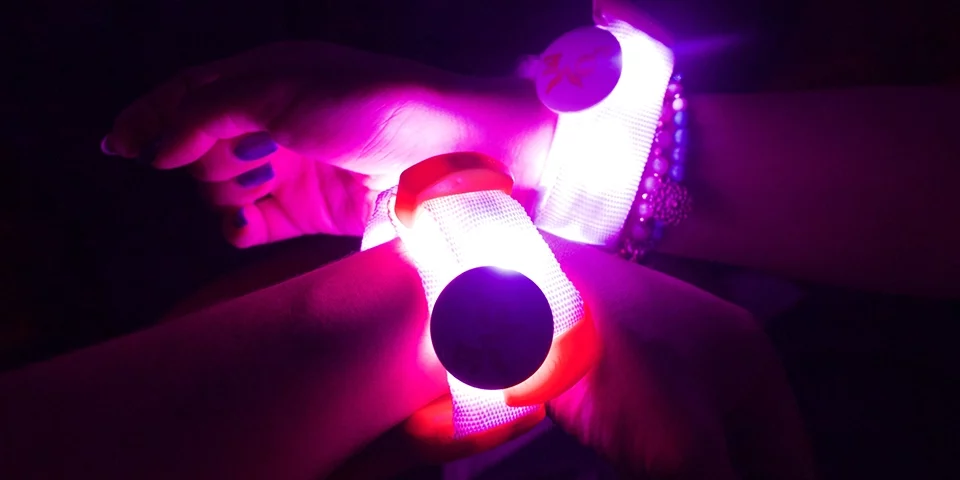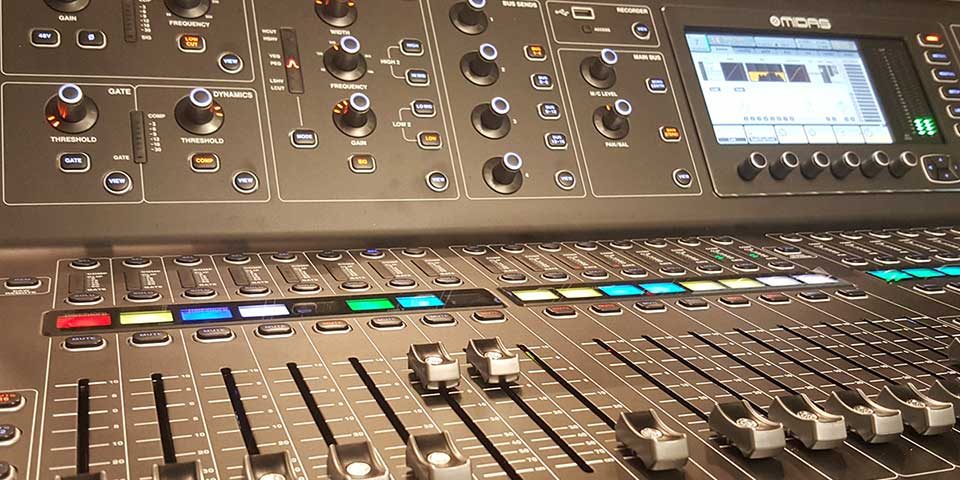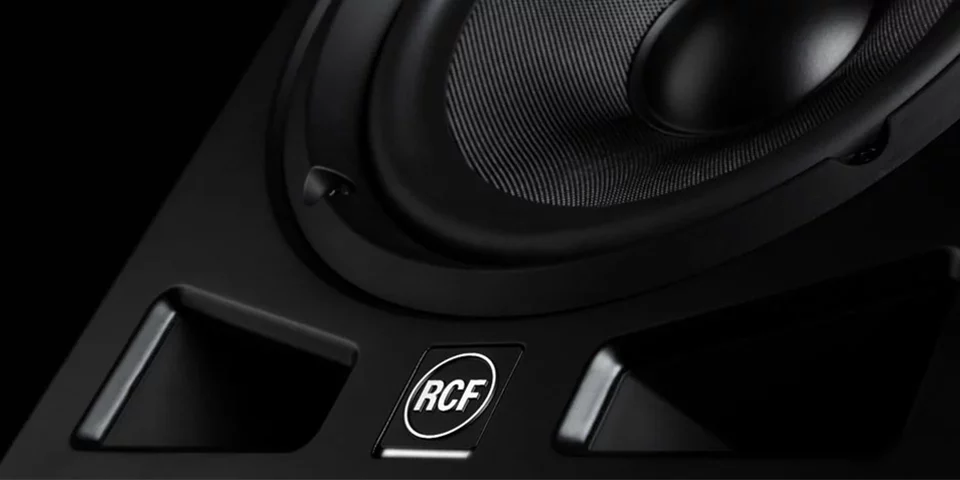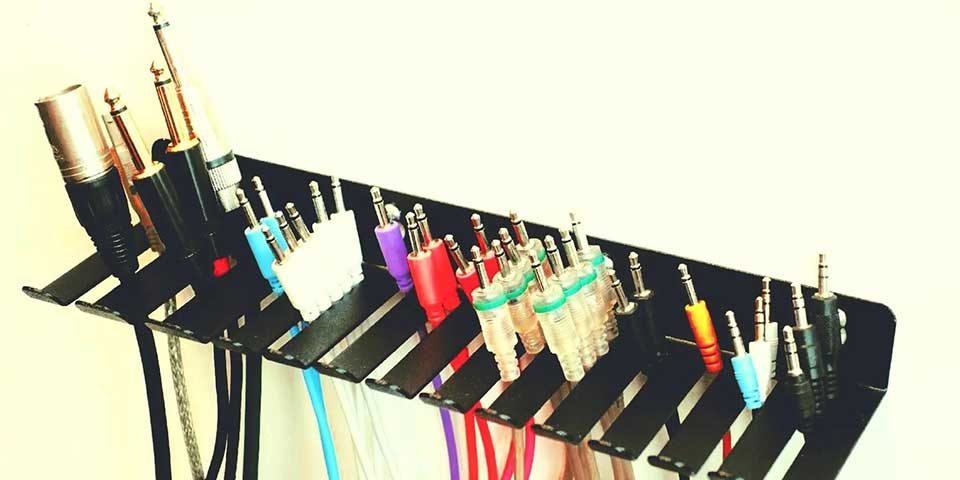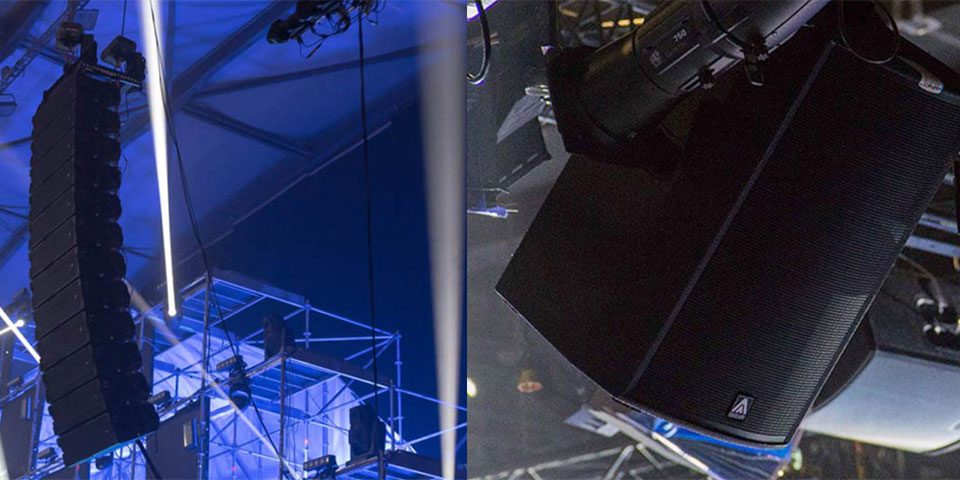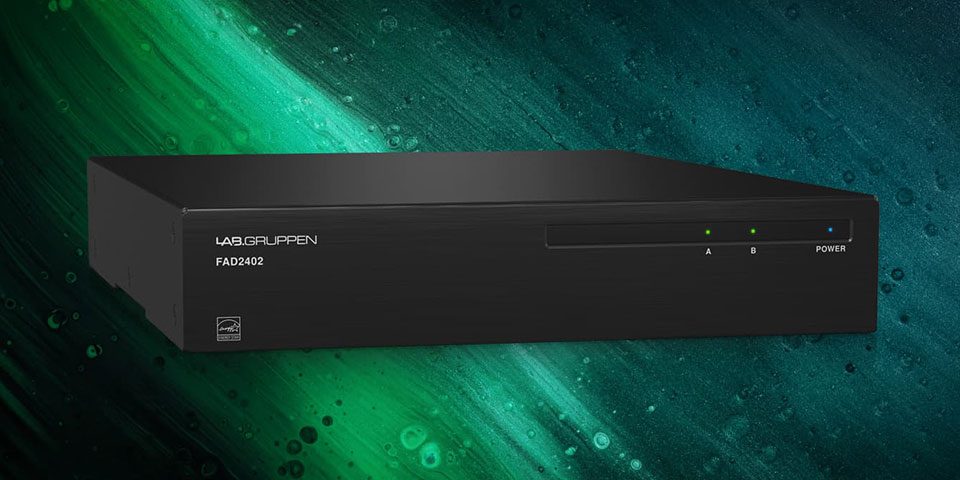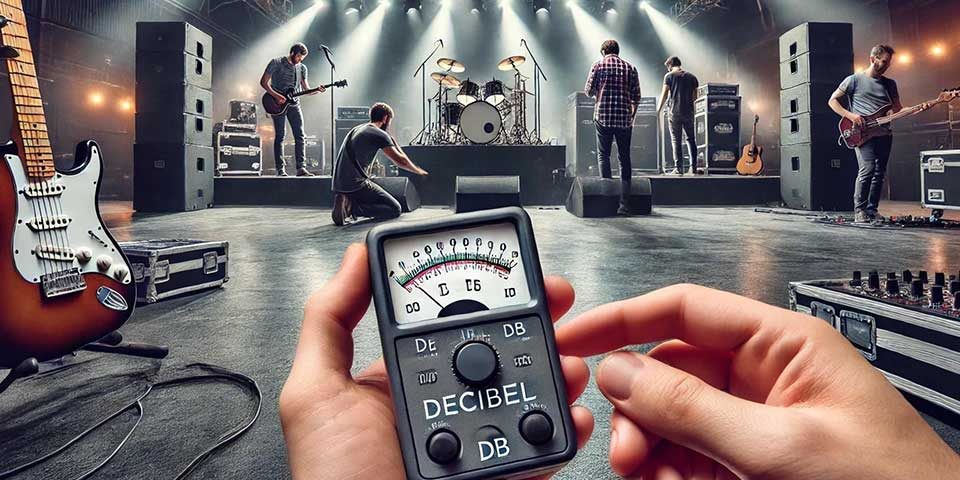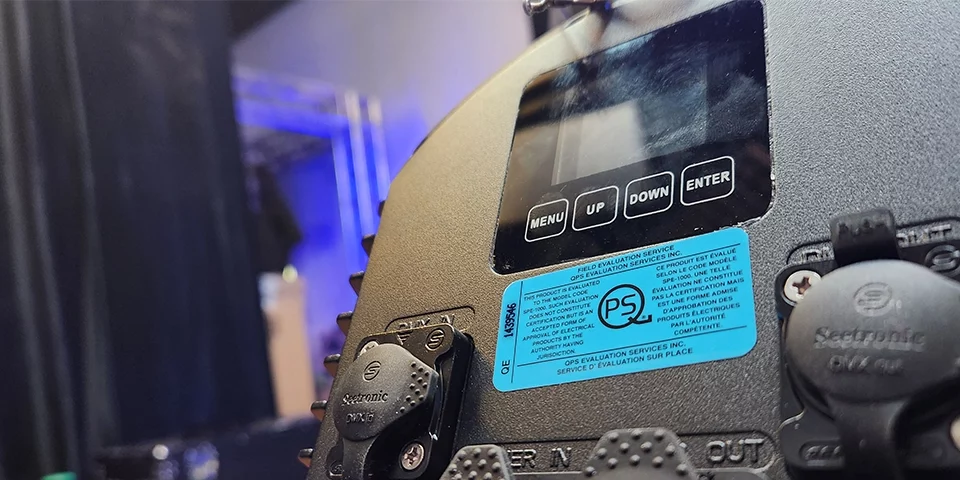
LCD vs LED Video Wall: Differences and Benefits
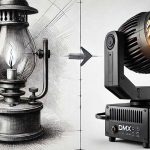
History of Stage Lighting: The Evolution of LED Stage Lighting and Technological Advancements

LCD vs LED Video Wall: Differences and Benefits

History of Stage Lighting: The Evolution of LED Stage Lighting and Technological Advancements
Best Wireless Microphone System: Which System Is Best for You?
Introduction to Wireless Microphone Systems
Choosing the right wireless microphone system is crucial for professionals involved in live performances, event production, or content creation. Wireless systems offer the freedom of movement, ease of use, and flexibility that wired systems often cannot match. However, with numerous options available, selecting the best system for your specific needs requires a thorough understanding of each type of system, its components, and the exact technical specifications that matter in real-world applications.
Types of Wireless Microphone Systems
Handheld Wireless Microphone Systems
Handheld wireless microphones are versatile and often used in live performances, speeches, and presentations where users need to hold the microphone while moving freely.
Product Example: Shure BLX24/SM58
Frequency Range: Operates in the 518-542 MHz UHF frequency band, offering 14 selectable channels to avoid interference.
Range: Provides a working range of up to 300 feet (91 meters), allowing for significant mobility during performances.
Battery Life: Up to 14 hours of continuous use with two AA batteries, ensuring that the microphone lasts through even the longest events.
Key Features: The system includes the SM58 microphone, renowned for its clear vocal reproduction and durable construction. The BLX24 receiver features one-touch QuickScan frequency selection, automatically locating the best open frequency to minimize dropouts.
Headset Wireless Microphone Systems
Headset wireless microphone systems are essential for applications requiring hands-free operation, such as fitness instruction, theatrical performances, and corporate presentations.
Product Example: Sennheiser EW 100 G4-ME3
Frequency Range: Operates in the 470-516 MHz UHF frequency band, with 1680 tunable frequencies within a 42 MHz bandwidth for precise interference avoidance.
Range: Offers a transmission range of up to 330 feet (100 meters), ensuring reliable signal reception even in large venues.
Battery Life: Powered by two AA batteries, it provides up to 8 hours of operation, suitable for a full day of events.
Key Features: The ME3-II headset is lightweight and secure, designed for active use. The system includes a diversity receiver with adaptive diversity technology to enhance signal reliability, and an auto-lock function to prevent accidental changes during use.
Lavalier Wireless Microphone Systems
Lavalier microphones, also known as lapel microphones, are discreet and easily clipped to clothing, making them ideal for interviews, presentations, and content creation where a low-profile microphone is needed.
Product Example: Rode Wireless GO II
Frequency Range: Uses the 2.4 GHz digital transmission, which is globally license-free and optimized for short-range, high-quality audio.
Range: Offers a line-of-sight range of up to 656 feet (200 meters) in ideal conditions, though performance may vary depending on the environment.
Battery Life: Provides up to 7 hours of battery life per charge, with a rechargeable lithium-ion battery that can be charged via USB-C.
Key Features: This system supports dual-channel recording, meaning it can capture two audio sources simultaneously, either directly through its built-in omnidirectional microphones or via external lavaliers. The system’s compact size makes it highly portable and convenient for on-the-go content creation.
Instrument Wireless Microphone Systems
Instrument wireless microphone systems are tailored for musicians who require freedom of movement on stage without compromising sound quality.
Product Example: Shure GLXD16
Frequency Range: Operates in the 2.4 GHz ISM band, which is license-free and designed to avoid interference from Wi-Fi and Bluetooth devices.
Range: Provides a reliable range of up to 100 feet (30 meters) indoors, suitable for most stage setups.
Battery Life: Equipped with a rechargeable lithium-ion battery, it delivers up to 16 hours of continuous use on a full charge.
Key Features: The system includes a built-in chromatic tuner in the receiver, which is especially useful for guitarists. The digital transmission ensures clear, high-quality audio with automatic frequency management, which scans for the best available frequencies and switches seamlessly to avoid interference.
Key Components of Wireless Microphone Systems
Wireless Microphone Receivers and Transmitters
The receiver and transmitter are the heart of any wireless microphone system. The transmitter sends the audio signal from the microphone to the receiver, which processes it and sends it to the audio system.
Product Example: Audio-Technica ATW-R3210 with ATW-T3201
Frequency Range: The ATW-R3210 receiver operates within the 470-530 MHz UHF band, with a tunable range of 60 MHz and 2400 selectable frequencies to avoid interference.
Range: Offers a transmission range of up to 300 feet (91 meters), ensuring reliable communication between the transmitter and receiver in large venues.
Battery Life: The ATW-T3201 bodypack transmitter uses two AA batteries for up to 10 hours of continuous use.
Key Features: This system uses true diversity operation, meaning it has two separate antenna systems working simultaneously to prevent dropouts. It also features a high-contrast OLED display for easy monitoring in all lighting conditions, and a power-saving mode that extends battery life.
Wireless Microphone Accessories
Accessories such as antennas, cables, and mounting hardware can significantly enhance the performance and reliability of wireless microphone systems by improving signal strength and reducing interference.
Product Example: Shure UA874 Active Directional Antenna
Frequency Range: Compatible with UHF systems operating between 470-698 MHz, covering a wide range of professional wireless systems.
Key Features: The UA874 combines a log-periodic dipole array with an active amplifier to boost the signal strength received from the microphone transmitters. This can dramatically reduce dropouts and interference in challenging environments. It also includes gain settings of +12 dB, +6 dB, 0 dB, or -6 dB, allowing for customization based on distance from the transmitter and overall signal strength requirements.
How to Choose the Best Wireless Microphone System
Factors to Consider
Selecting the best wireless microphone system involves considering several critical factors:
Frequency Range and Signal Strength: A system operating within a broad UHF frequency range (e.g., 470-530 MHz) is often ideal for avoiding interference. UHF systems tend to offer better performance in environments with competing signals, as they provide more available frequencies.
Mobility Needs and Durability: Consider the environment where the system will be used. For example, the Shure BLX24/SM58, with its 300-foot range, is ideal for large stages, while the Sennheiser EW 100 G4-ME3’s durable design is perfect for active users in fitness or theatrical settings.
Budget Considerations: High-end systems like the Shure GLXD16 provide excellent performance and features, but more affordable options like the Rode Wireless GO II offer great value for those with budget constraints, particularly in content creation scenarios.
UHF vs. VHF Systems
Understanding the differences between UHF and VHF systems is essential for making an informed choice:
UHF Systems (Ultra High Frequency): Operate in the 300 MHz to 3 GHz range, offering more channels and better resistance to interference. Systems like the Audio-Technica ATW-R3210, operating within 470-530 MHz, are ideal for professional environments where multiple wireless devices are in use.
VHF Systems (Very High Frequency): Operate in the 30 MHz to 300 MHz range and are generally less expensive but more prone to interference from TV broadcasts and other electronic devices. VHF might be suitable for small, controlled environments with fewer competing signals, but UHF is preferred in most professional settings due to its higher reliability.
When to Consider Wired Microphones
While wireless systems offer many advantages, there are scenarios where a wired microphone like the Shure SM48-LC might be the better choice:
Product Example: Shure SM48-LC
Frequency Response: 55 Hz to 14 kHz, providing a well-rounded sound profile that captures both the depth of low frequencies and the clarity of highs.
Sensitivity: -57.5 dBV/Pa (1.3 mV), making it responsive enough to pick up subtle vocal nuances without being overly sensitive to ambient noise.
Key Features: The Shure SM48-LC is designed for reliability and consistent audio quality, particularly in studio recordings and live environments where a stable, uninterrupted connection is critical. Its cardioid pickup pattern reduces background noise and feedback, making it ideal for use in smaller venues or situations where microphone mobility is less important.
conclusion
Choosing the best wireless microphone system depends on understanding the specific needs of your application, whether it's for live performances, event production, or content creation. By considering factors such as frequency range, mobility, and budget, you can find a system that meets your exact requirements. For those seeking the most reliable and high-quality audio solutions, exploring options like the Shure BLX24/SM58, Sennheiser EW 100 G4-ME3, Rode Wireless GO II, and Shure GLXD16 will ensure you're equipped with the best tools for the job. Visit the Wireless Microphones Category on GTR Direct to explore these and other high-performance systems that can elevate your audio experience.

